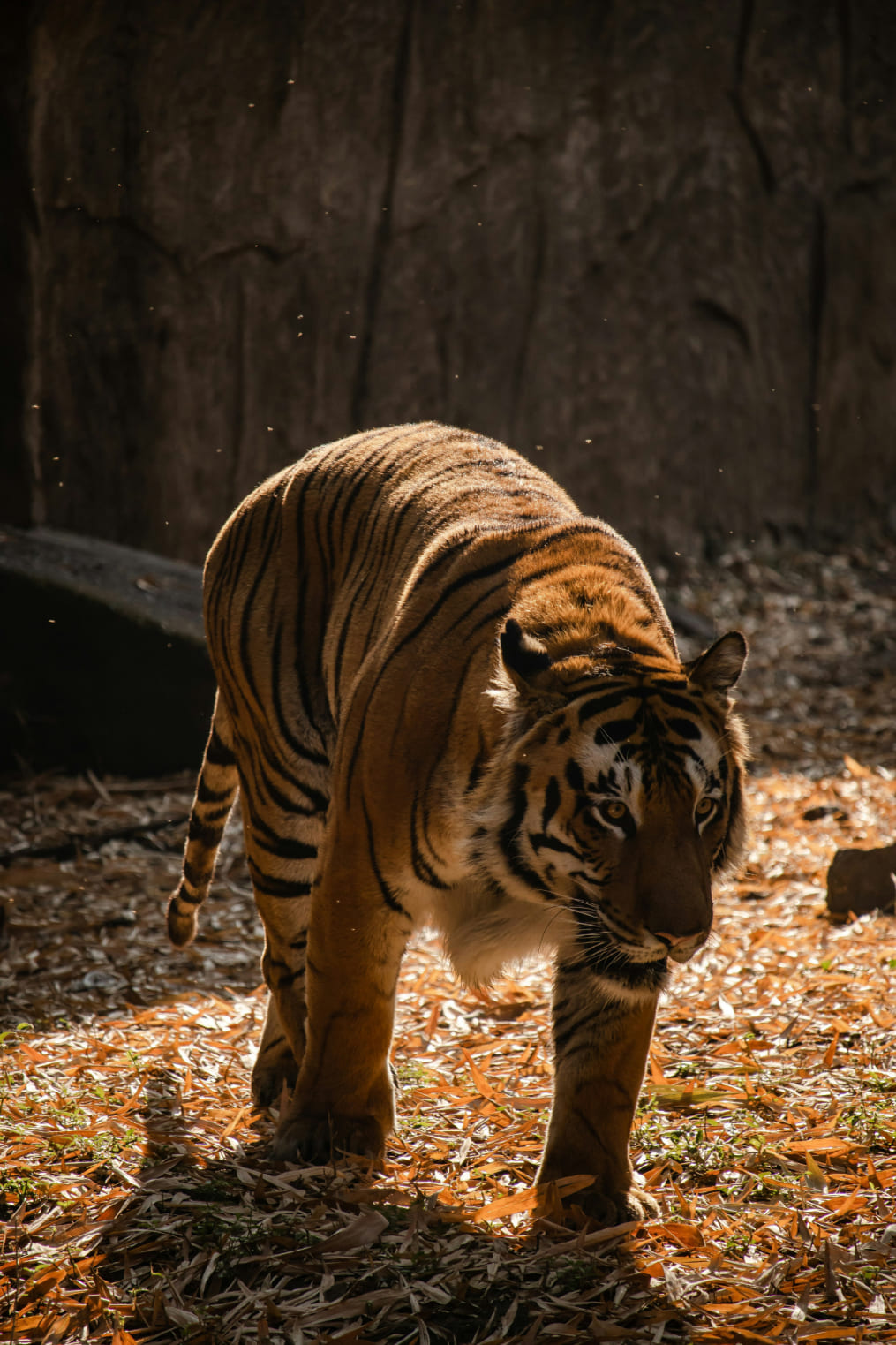
Zoos have evolved far beyond simple collections of animals; they are now vital centers for conservation, education, and research. In today’s world, where habitat destruction, poaching, and climate change threaten countless species, zoos provide a lifeline for wildlife.
One of the key roles of modern zoos is species conservation. Many zoos participate in global breeding programs to protect endangered animals. For instance, animals like the Amur leopard, Sumatran orangutan, and mountain gorilla have benefitted from these programs, which ensure genetic diversity and maintain healthy populations. Some zoos even reintroduce animals into the wild, helping to restore populations in their natural habitats.
Zoos also serve as educational hubs, inspiring millions of visitors to care about wildlife and ecosystems. By providing close encounters with animals, zoos foster empathy and understanding, particularly in children, who leave with a lasting appreciation for nature. Educational programs and interactive exhibits give visitors the tools to make informed decisions about conservation in their own lives.
Finally, zoos are research centers that contribute to our understanding of animal behavior, health, and reproduction. These insights are critical for developing strategies to protect animals in the wild. For example, studies in zoos have helped scientists understand migratory patterns, disease prevention, and breeding habits that are essential for species survival.
While debates about the ethics of zoos continue, the modern zoo’s emphasis on animal welfare and conservation shows their importance in a world where wild habitats are shrinking. For many animals, zoos are not just a home but a beacon of hope for the future.